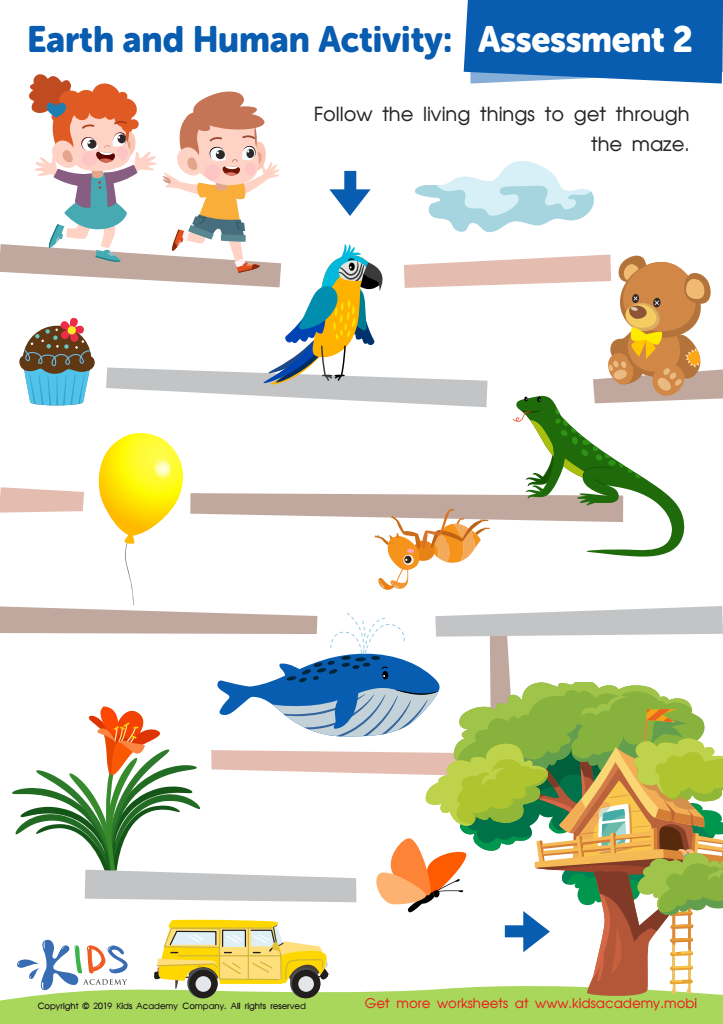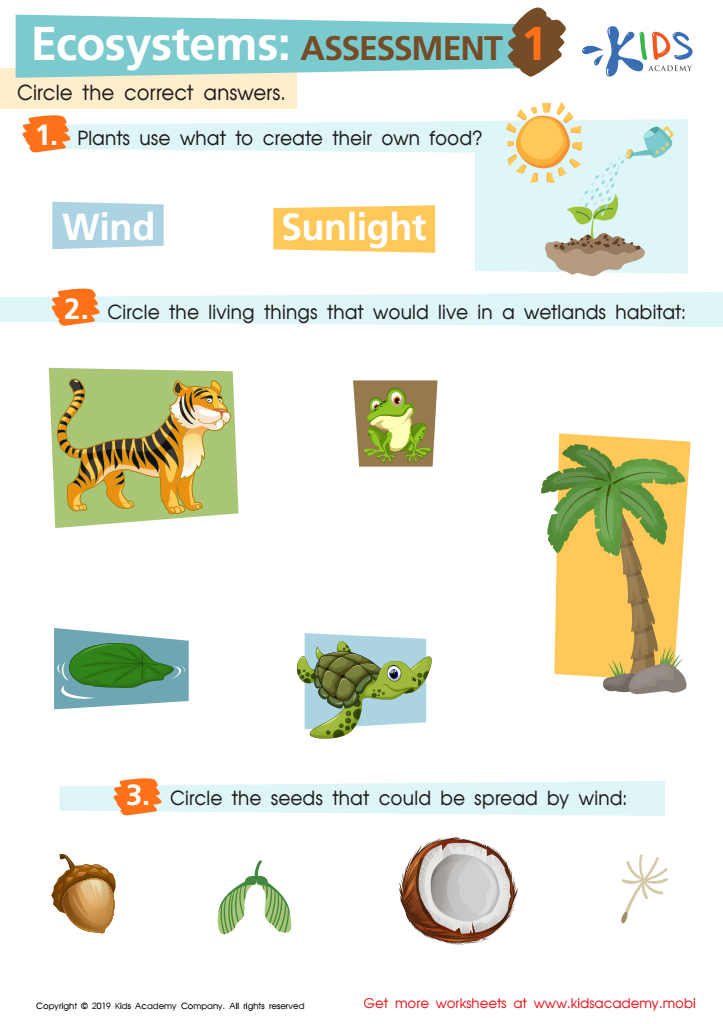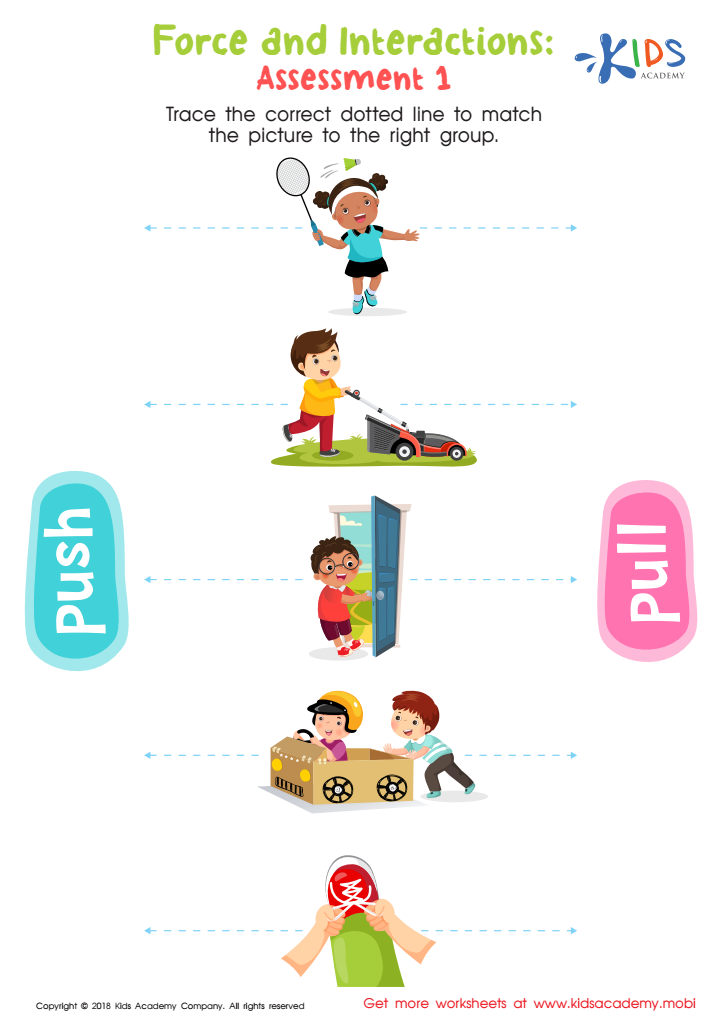Science worksheets activities for Ages 6-7
15 filtered results
-
From - To


Animals and Plants: Assessment 2 Worksheet


Animals and Plants: Assessment 1 Worksheet


Earth and Human Activity: Assessment 2 Worksheet


Earth and Human Activity: Assessment 1 Worksheet


Ecosystems: Assessment 2 Worksheet


Ecosystems: Assessment 1 Worksheet


Space: Assessment 2 Worksheet


Space: Assessment 1 Worksheet


Earth's Systems: Assessment 1


Light and Sound: Assessment 2 Worksheet


Light and Sound: Assessment 1 Worksheet


Matter: Assessment 2 Worksheet


Matter: Assessment 1 Worksheet


Force and Interactions: Assessment 2 Worksheet


Force and Interactions: Assessment 1 Worksheet
Science worksheets activities serve as an invaluable tool in the educational journey of students of all ages. These activities not only reinforce learning but also stimulate curiosity and enthusiasm for exploring the various facets of science. Incorporating science worksheets into the curriculum is beneficial for a multitude of reasons.
First and foremost, science worksheets activities provide a structured way for students to engage with scientific concepts. They break down complex ideas into more manageable parts, making it easier for learners to grasp and retain information. This step-by-step approach allows students to build on their knowledge gradually, promoting a deeper understanding of the subject matter.
Moreover, science worksheets are versatile and cater to different learning styles. Whether a student prefers visual aids, hands-on experiments, or reading and writing exercises, there's a worksheet activity designed to meet their needs. This inclusivity ensures that each student can find an approach that resonates with them, thereby enhancing their learning experience.
Another significant advantage of science worksheets activities is that they encourage critical thinking and problem-solving skills. Many worksheets are designed to challenge students, asking them to apply what they've learned in new and unfamiliar contexts. This not only tests their comprehension but also develops their ability to think critically and solve problems—a skill set that is invaluable not only in science but in all areas of life.
Furthermore, science worksheets activities facilitate independent learning. They can be used for self-study, allowing students to pace themselves and explore topics that particularly interest them. This autonomy in learning fosters a sense of responsibility and motivates students to take charge of their education.
In conclusion, science worksheets activities are a crucial component of science education. They make learning more accessible, cater to diverse learning styles, encourage critical thinking, and support independent study. By incorporating these activities into the science curriculum, educators can provide students with a well-rounded and engaging learning experience that sparks a lifelong interest in science.

 Assign to My Students
Assign to My Students























